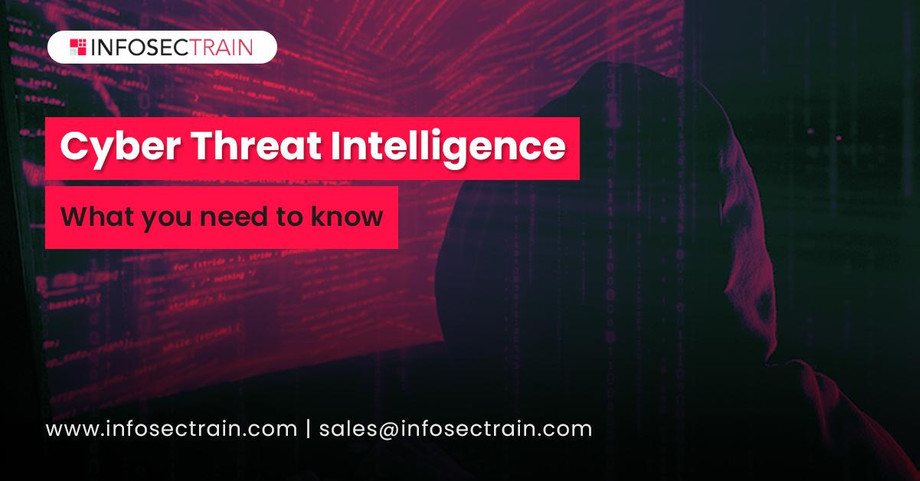Cyber threat intelligence is gathering information about threats and threat actors currently targeting the organization. This information is used to fix and identify cyber threats that can cause damage to the organization's valuable information assets. To get protected, organizations must be alert about the rising threats and well-versed with strategies to remain protected. This is where Threat intelligence plays a significant role. A useful Threat Intelligence will help you collect information about the attacker's actions, tools, and methodologies. It enables the organization to make better defense strategies and prevent potential security risks. The raw data is collected from various sources, including your firewalls, IPS, IDS, and SIEM tools, and processed to form actionable threat intelligence.
Types of Cyber Threats
A cyber threat is a malicious action that attempts to disable data and steal information. It aims to gain unauthorized access, damage, or steal a piece of information, computer network, and any other sensitive data. Trusted users and unknown parties can also perform cyber threats. There are different types of cyber threats:
1) Malware: Malicious refers to the programs designed to perform malicious actions on a system. These involve computer viruses, worms, Trojans, ransomware, spyware, etc. Cybercriminals use malware to steal sensitive data and gain unauthorized access. Malware spread via the internet. Attackers use spam emails with infected file attachments to spread malware.
2) Phishing: Phishing is a type of attack used for electronic communications to deceive and take advantage of the users. Phishing attacks try to get user-sensitive, confidential information such as usernames, passwords, credit card information, or network credentials.
3) Dos: DoS stands for Denial-of-Service attack and targets the availability of web applications. The purpose of a DoS attack is not to steal user information from the website but to slow down a website by sending multiple requests.
4) Zero-day exploit: A zero-day exploit target a software vulnerability that is unknown by the software developer or to antivirus. The attacker finds the software vulnerability before the developer and uses it for an attack.
Cyber Threat Intelligence Life cycle:
Cyber Threat Intelligence Life cycle consists of five stages:
1) Planning
In the first step, define your objectives that will improve your organization's core values. It is essential to understand how time-sensitive it is and what the outcome of the decision will be.
2) Collection
In the second step, the data is collected, as defined in the first stage. The information can be internal, such as past incident history, or external, like technical or web sources.
3) Processing
After collection in processing, we organized and filtered for false and irrelevant information. In this phase, collected data passes through various processes to be useable for security procedures like perform data correlation, translate languages, and aggregate data into suitable forms.
4) Analysis:
It is a human process that involves processed information into intelligence that can help in decision-making. Depending on the circumstances, the decisions may involve investigating a possible threat or taking actions to immediately block an attack.
5) Dissemination:
Share actionable intelligence information with relevant stakeholders (internal actors, national organizations).
Benefits of Cyber Threat Intelligence:
It enhances the skills to perform different threat intelligence types such as strategic, operational, tactical, and technical threats. It is an important skill required for a threat intelligence analyst. The CTI also includes a library of tools, platforms, and frameworks to extract valuable organizational threat intelligence.
Become a Certified Threat Intelligence Analyst
InfosecTrain is one of the finest consulting organizations, focusing on a range of IT security training. It provides all the necessary guidance for the CTIA certification exam. Certified instructors deliver the training having years of industry experience. You can check and enroll in our CTIA -certification-training to prepare for the certification exam.

